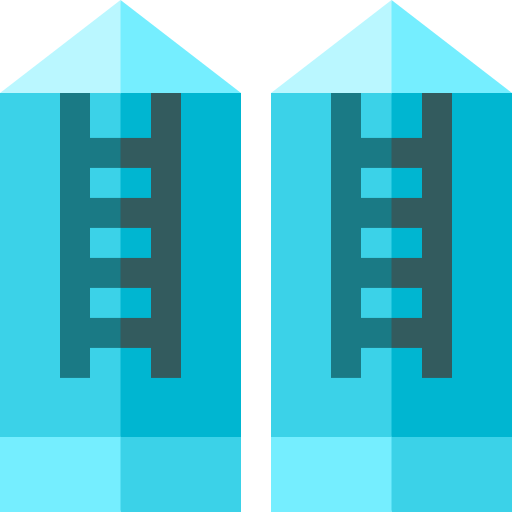Search Labs®: Leading the Revolution in Search Technology






Combining a physical URL silo structure with a virtual SEO content structure can be a powerful way to improve a website's architecture for search engine visibility and user experience. Consider the following steps:
You can create a well-organized and optimised website that is both user-friendly and search engine-friendly by combining a physical URL silo structure with a virtual SEO content structure.



Search Labs ® : Proudly serving clients globally with cutting-edge search solutions.
Discover how partnering with us can elevate your online presence.
